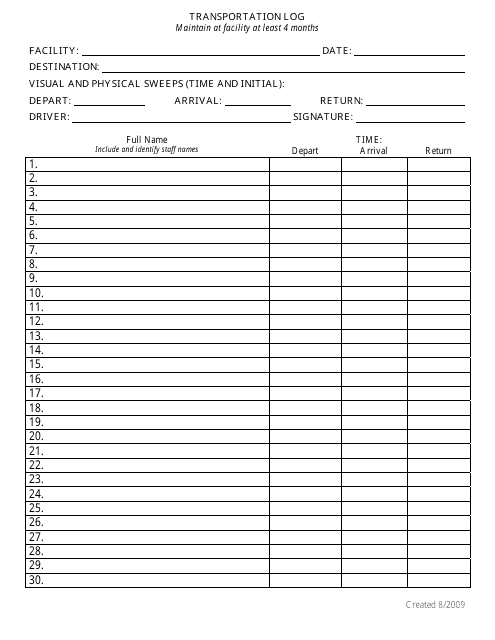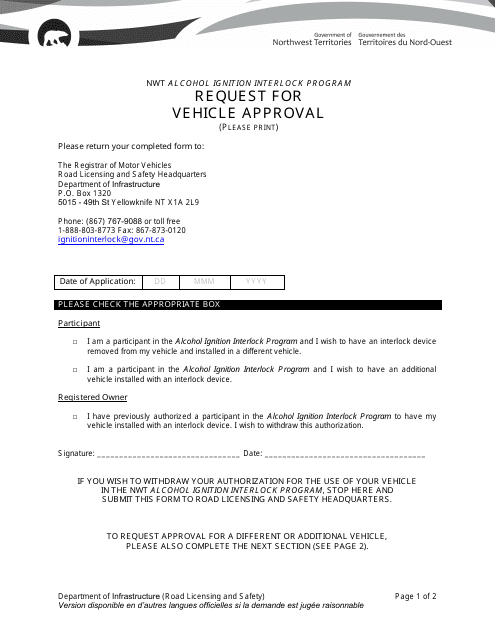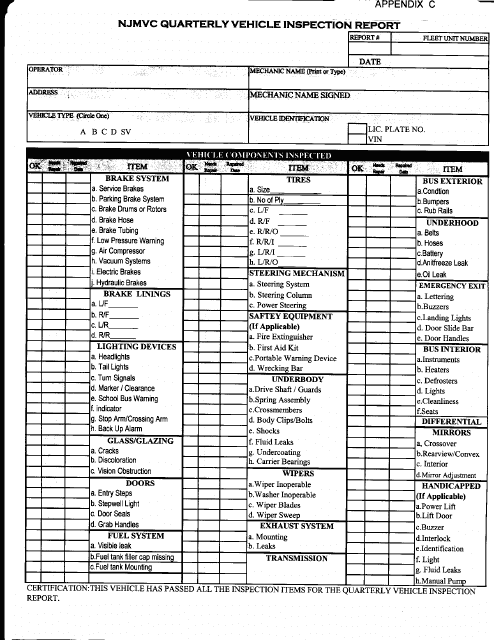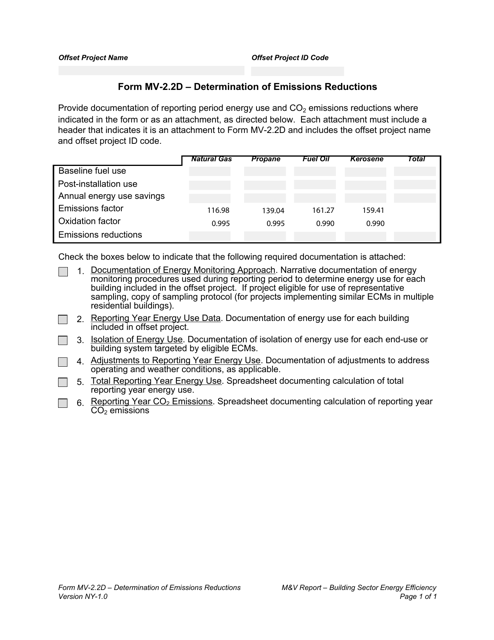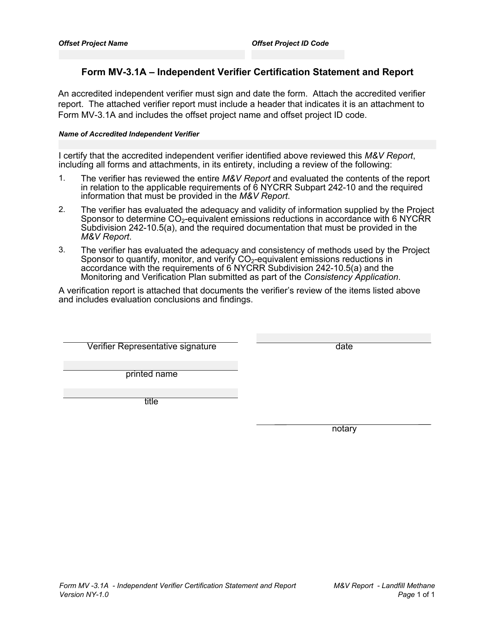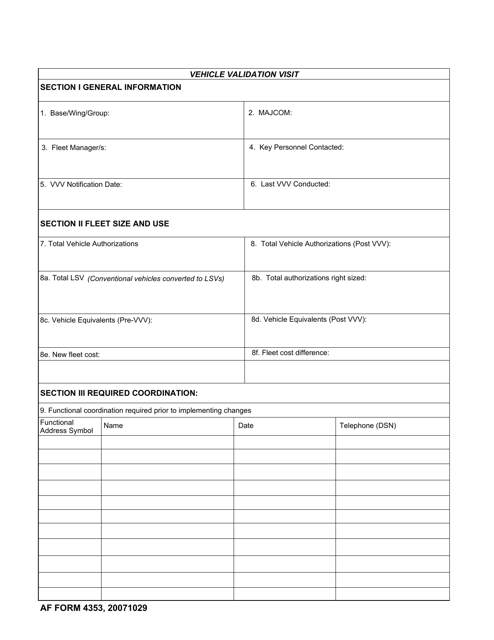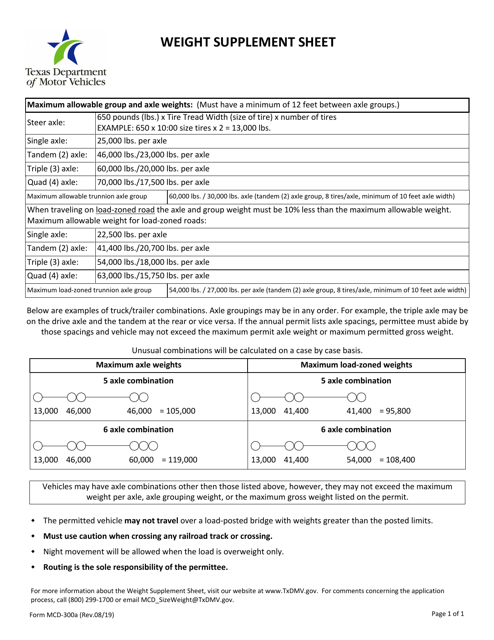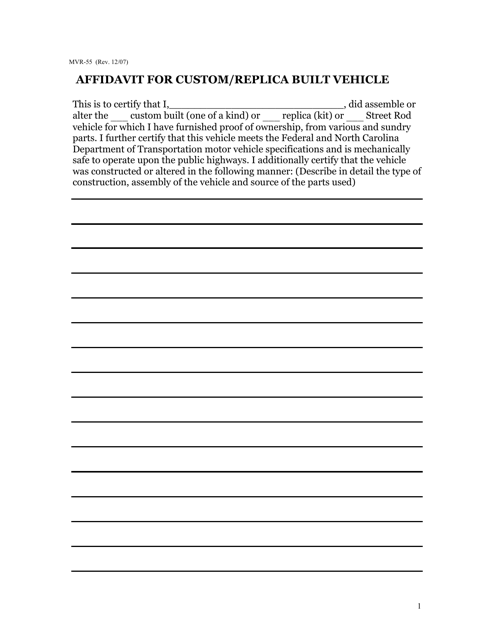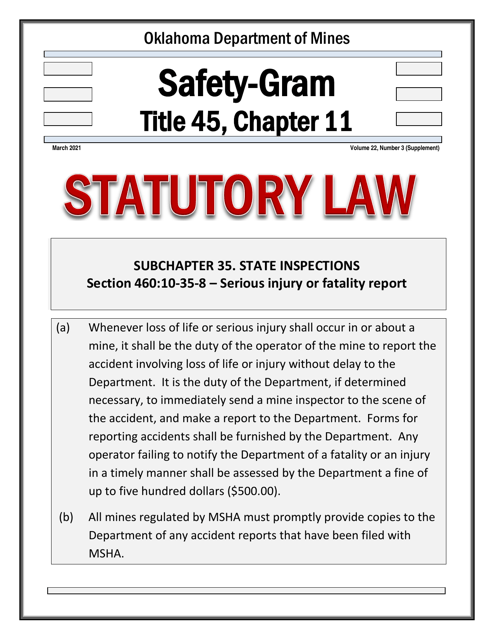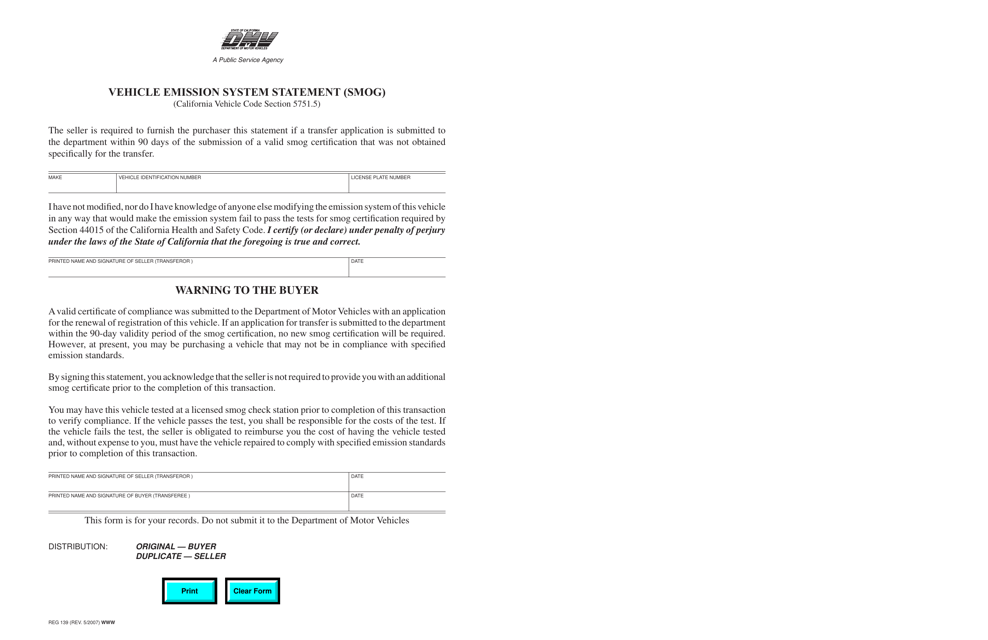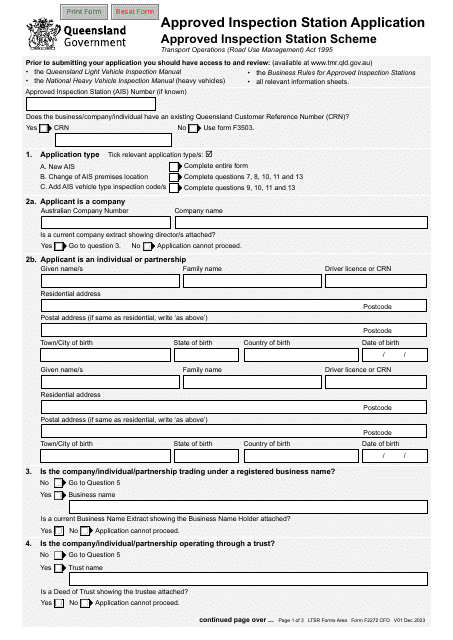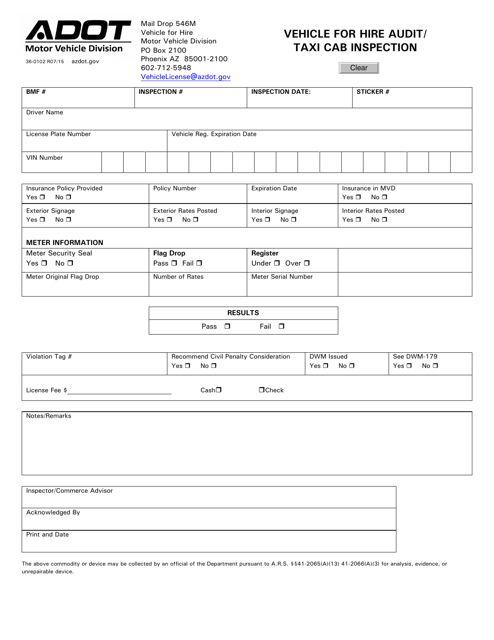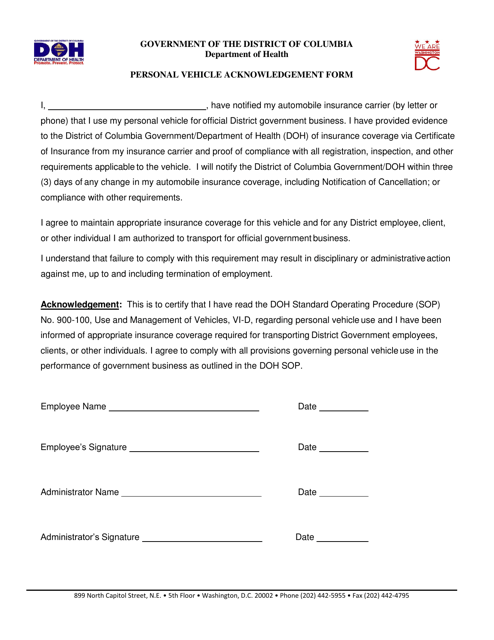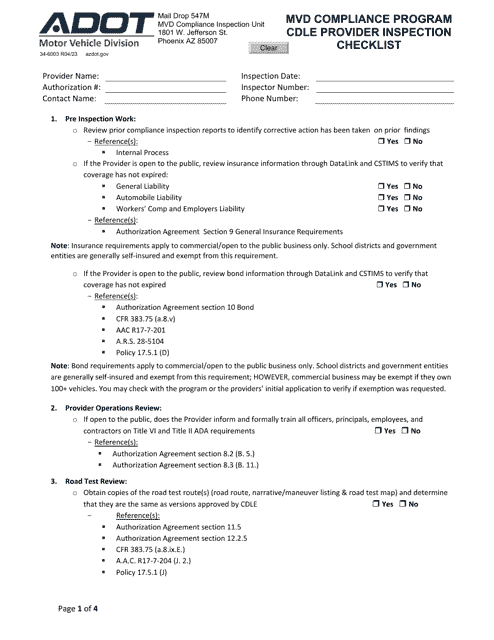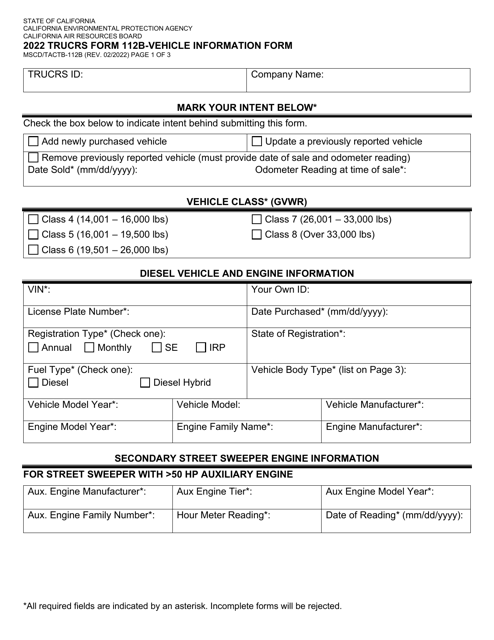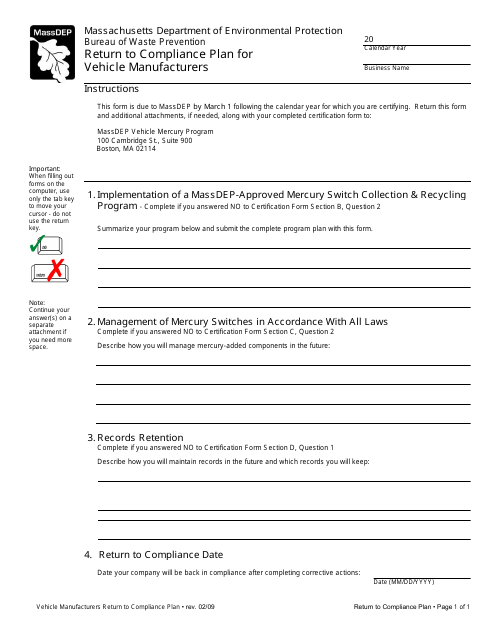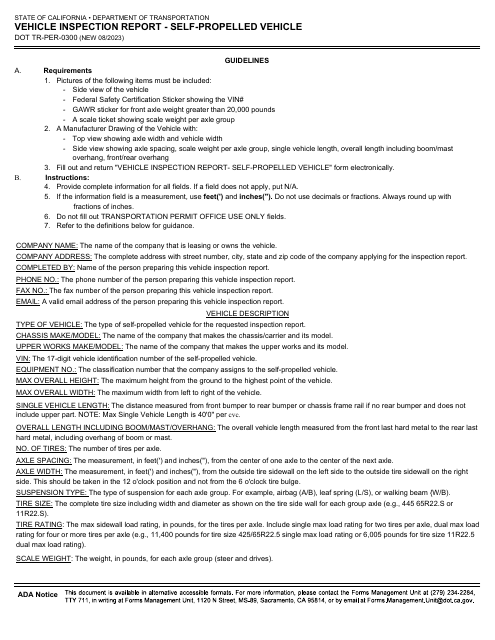Vehicle Compliance Templates
Vehicle Compliance: Ensuring Roadworthiness and Safety
When it comes to vehicle compliance, there are various documents and regulations in place to ensure the roadworthiness and safety of vehicles on our roads. These documents, also known as vehicle compliance documents, provide essential information and certifications that are required by authorities and regulatory bodies.
One of the commonly used documents is the Certificate of Vehicle Inspection. This document, such as the SFN2486 form used in North Dakota, verifies that a vehicle has undergone a thorough inspection and meets the necessary standards and regulations.
In New York, the Independent Verifier Certification Statement and Report, also known as the MV-3.1A form, is used to certify that a vehicle complies with specific requirements set by the state. This document is important for ensuring that vehicles are safe and roadworthy, providing peace of mind to both vehicle owners and authorities.
Another important document is the Approved Inspection Station Application. This form, such as the F2272 form used in the Approved Inspection Station Scheme in Queensland, Australia, is used by inspection stations to apply for approval to conduct inspections on vehicles. This ensures that the inspection process is carried out by authorized and qualified individuals or businesses, further enhancing the overall compliance of vehicles.
For personal vehicles in Washington, D.C., there is a specific document called the Personal Vehicle Acknowledgement Form. This form serves as a declaration that the vehicle owner acknowledges and agrees to comply with certain regulations, such as emissions standards or safety requirements, to maintain compliance with local laws.
In some cases, vehicle manufacturers may need to submit a Return to Compliance Plan. This document, used in Massachusetts, outlines the steps and measures that a manufacturer will take to rectify any non-compliance issues identified in their vehicles. This ensures that manufacturers take responsibility for any compliance failures and helps maintain the overall safety and standards of vehicles on the roads.
Having these documents and systems in place creates a comprehensive framework for vehicle compliance, ensuring that vehicles meet the necessary standards and regulations to ensure roadworthiness and safety. By adhering to these regulations, we can all contribute to safer roads and a better driving experience for everyone.
Documents:
18
This document is used for keeping track of transportation activities and movements in the state of Nevada. It includes information about vehicles, drivers, routes, and any relevant details pertaining to transportation operations.
This form is used for certifying the inspection of a vehicle in the state of North Dakota.
This document is used for requesting vehicle approval in the Northwest Territories, Canada. It may be required when registering a new vehicle or importing a vehicle from another jurisdiction.
This type of document is used for conducting quarterly vehicle inspections in the state of New Jersey.
This Form is used for determining emissions reductions in New York.
This form is used for independent verifiers in New York to certify and report on certain information.
This form is used for validating and documenting a visit to inspect and verify the condition and compliance of a vehicle in the US Air Force.
This form is used for providing a weight supplement sheet in the state of Texas.
This form is used for submitting an affidavit in North Carolina for custom or replica built vehicles.
This form is used for reporting the vehicle emission system statement required by the state of California.
This form is used for conducting audits and inspections on taxi cabs and other vehicles for hire in Arizona.

